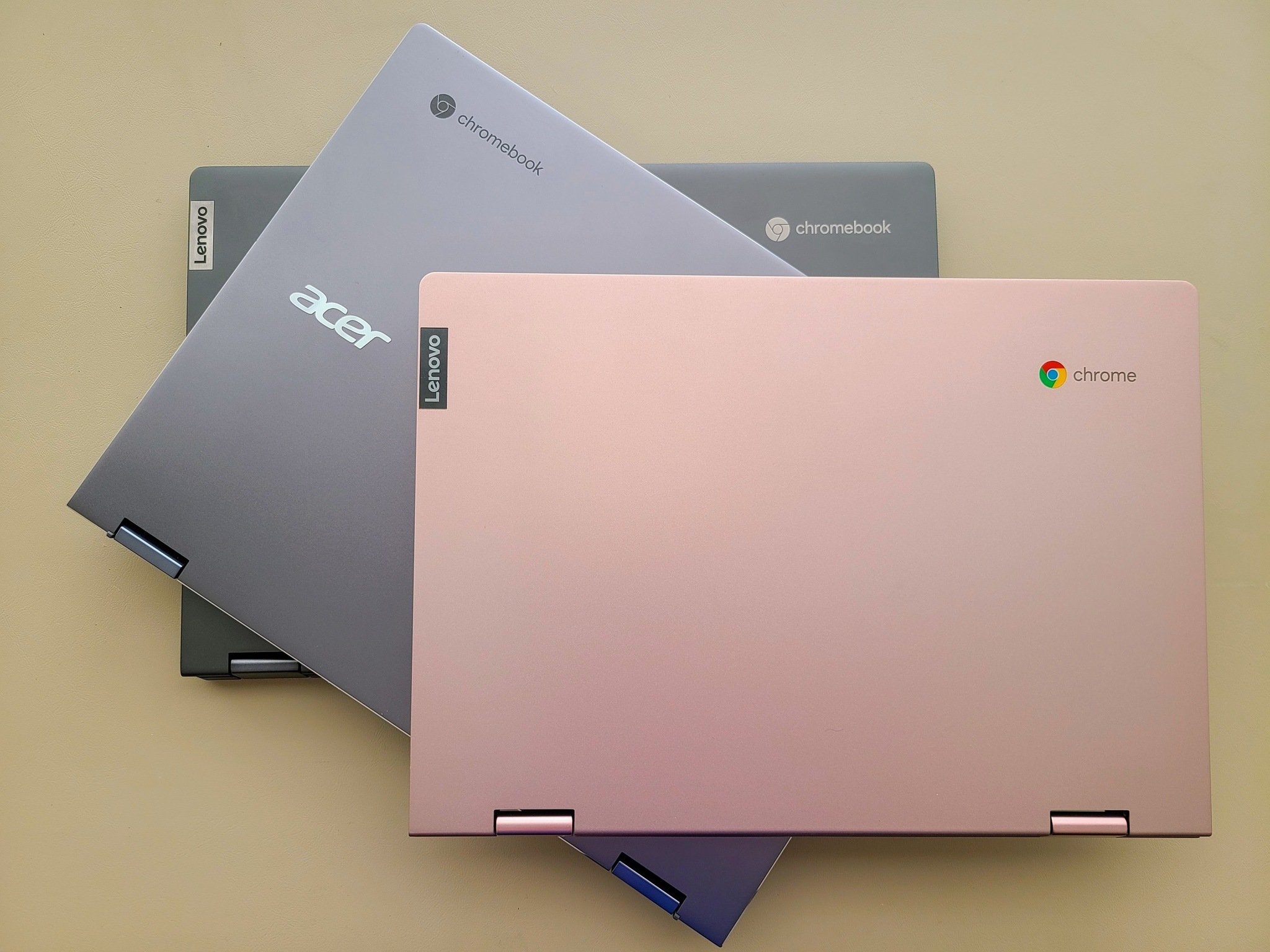

- CHROMEBOOK CONVERT TO WINDOWS 10 HOW TO
- CHROMEBOOK CONVERT TO WINDOWS 10 SOFTWARE
- CHROMEBOOK CONVERT TO WINDOWS 10 OFFLINE
CHROMEBOOK CONVERT TO WINDOWS 10 OFFLINE
In other instances, the offline app doesn't have a version written for the Microsoft Store or isn't a web app. You can search the Microsoft Store to find the same or similar apps to any apps not identified in the Select Google Apps replacements section.
CHROMEBOOK CONVERT TO WINDOWS 10 SOFTWARE
In many instances, software vendors will create a version of their app for multiple platforms. For more information on making this decision, see the Select cloud services migration strategy section of this guide.įind the same or similar apps in the Microsoft Store It may be that you'll decide to replace Google Apps after you deploy Windows devices. PowerPoint 2016 or PowerPoint for the web Google App replacements If you use this Google app on a Chromebook Use the information in Table 1 to select the Google App replacement on a Windows device. If your users rely on any of these Google Apps, use the corresponding app on the Windows device. Table 1 lists the Windows device app replacements for the common Google Apps on Chromebook devices. Focus on lower priority apps only after you've determined what you'll do with the higher priority apps. Throughout the entire app migration or replacement process, focus on the higher priority apps. Record the following information about each app in your app portfolio:Īpp type (such as offline app, online app, web app, and so on)Īpp priority (how necessary is the app to the day-to-day process of the institution or a classroom? Rank as high, medium, or low) Ensure you only record apps that are legitimately used as a part of classroom curriculum (and not for personal entertainment or use). Obtain the list of these apps from faculty or students. Faculty or students might have installed these apps as a part of a classroom curriculum. You can record the list of these apps in your app portfolio.Īpps installed by faculty or students. These apps are typically managed in the Apps section in the Google Admin Console. You can divide the apps into the following categories:Īpps installed and managed by the institution. For more information, see the Perform app compatibility testing for web apps section. For these apps you need to first perform Microsoft Edge compatibility testing and then publish the web app URL to the Windows users. The majority of Chromebook apps are web apps. You'll create a list of apps that are currently in use (also called an app portfolio). Identify the apps currently in use on Chromebook devicesīefore you can do any analysis or make decisions about which apps to migrate or replace, you need to identify which apps are currently in use on the Chromebook devices. At the end of this section, you'll have a list of the active Chrome OS apps and the Windows app counterparts. In this section, you'll plan how you'll migrate or replace Chromebook (Chrome OS) apps that are currently in use with the same or equivalent Windows apps. Plan for app migration or replacementĪpp migration or replacement is an essential part of your Chromebook migration. You'll be ready to perform your Chromebook migration.

At the end of the planning section, you'll have a list of information you need to collect and what you need to do with the information.
CHROMEBOOK CONVERT TO WINDOWS 10 HOW TO
In the planning portion of this guide, you'll identify all the decisions that you need to make and how to make each decision. When you plan your Chromebook migration before you perform the migration, you can save countless hours of frustration and mistakes during the migration process. As with most projects, there can be an urge to immediately start doing before planning. Plan Chromebook migrationīefore you begin to migrate Chromebook devices, plan your migration. You'll then learn the best method to perform the migration by using automated deployment and migration tools.

You'll learn how to perform the necessary planning steps, including Windows device deployment, migration of user and device settings, app migration or replacement, and cloud storage migration. In this guide, you'll learn how to migrate a Google Chromebook-based learning environment to a Windows 10-based learning environment.


 0 kommentar(er)
0 kommentar(er)
